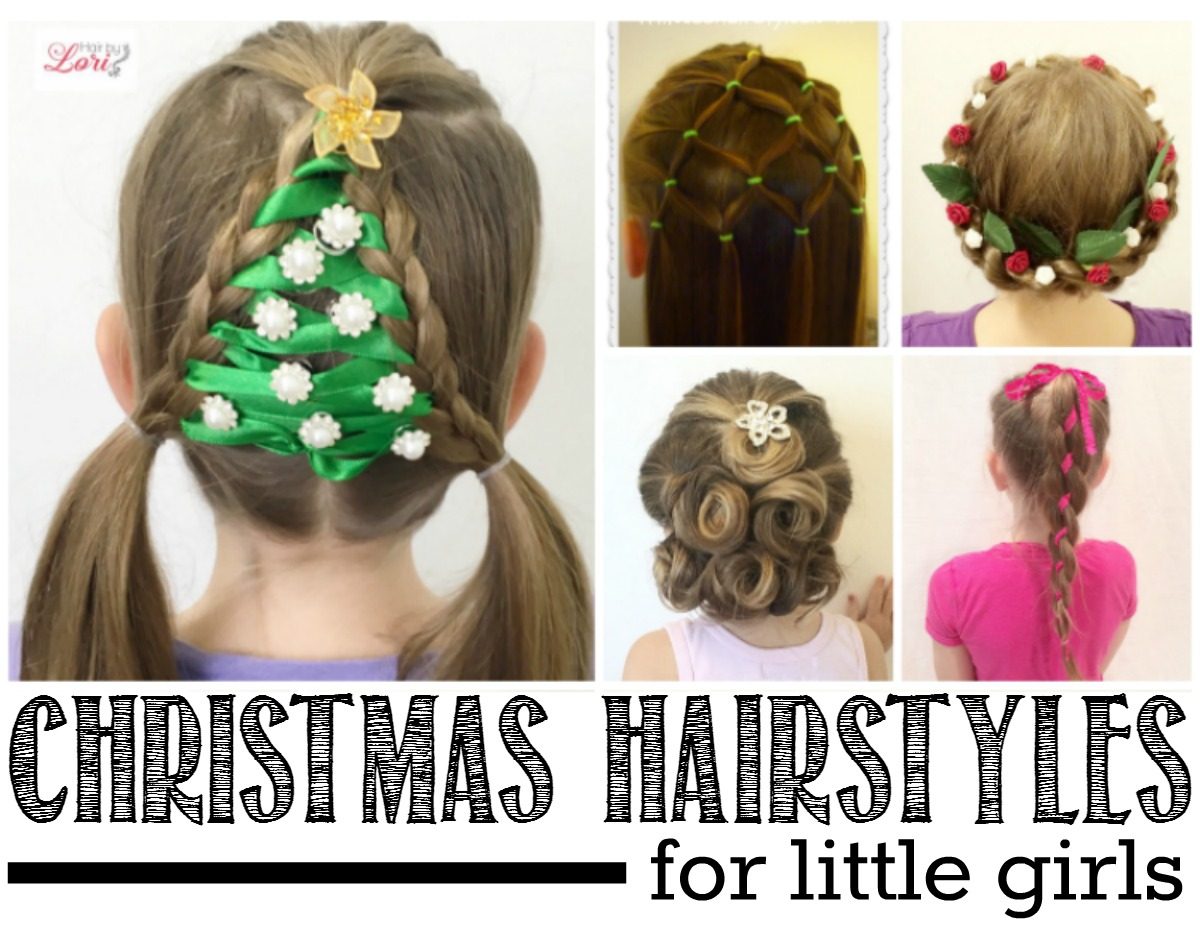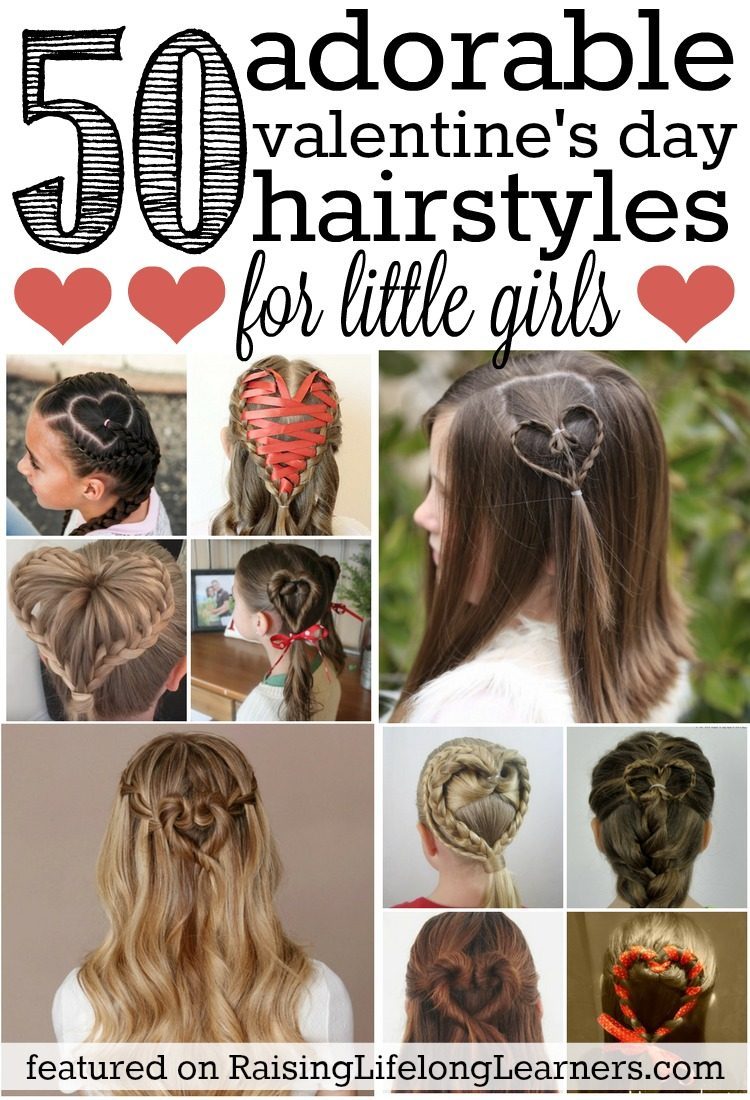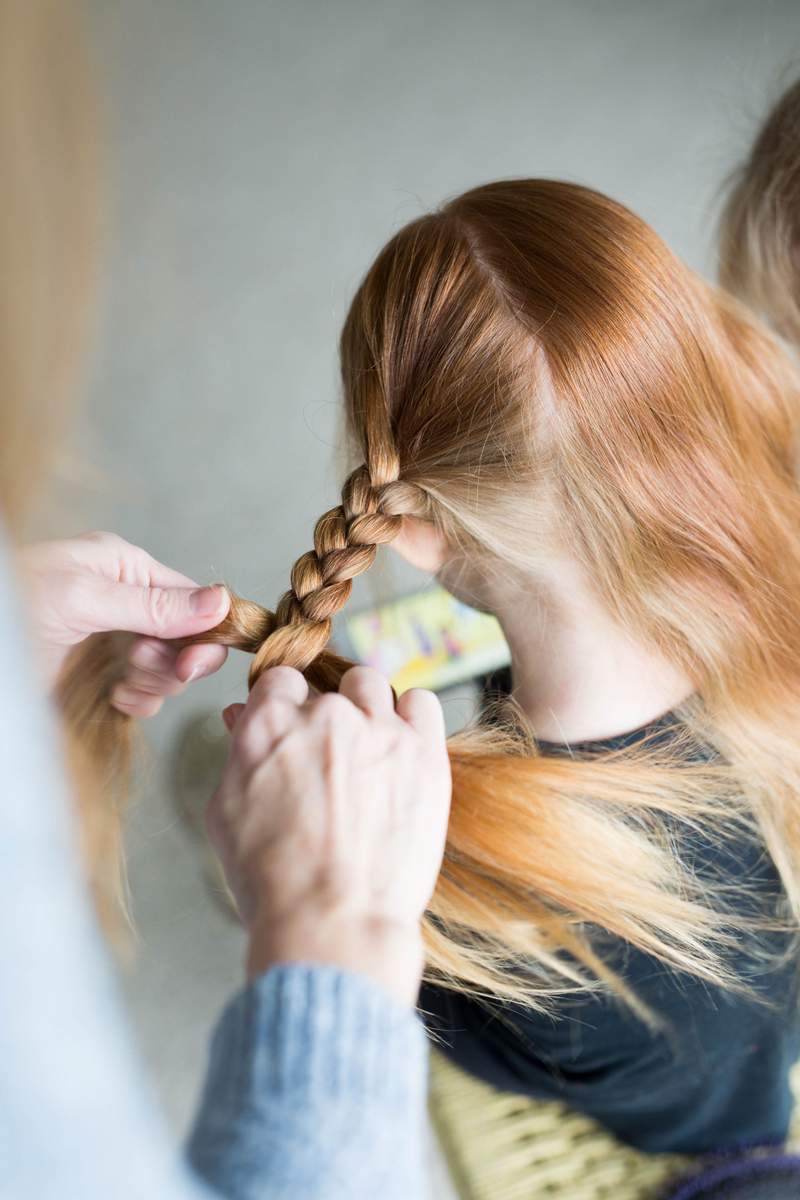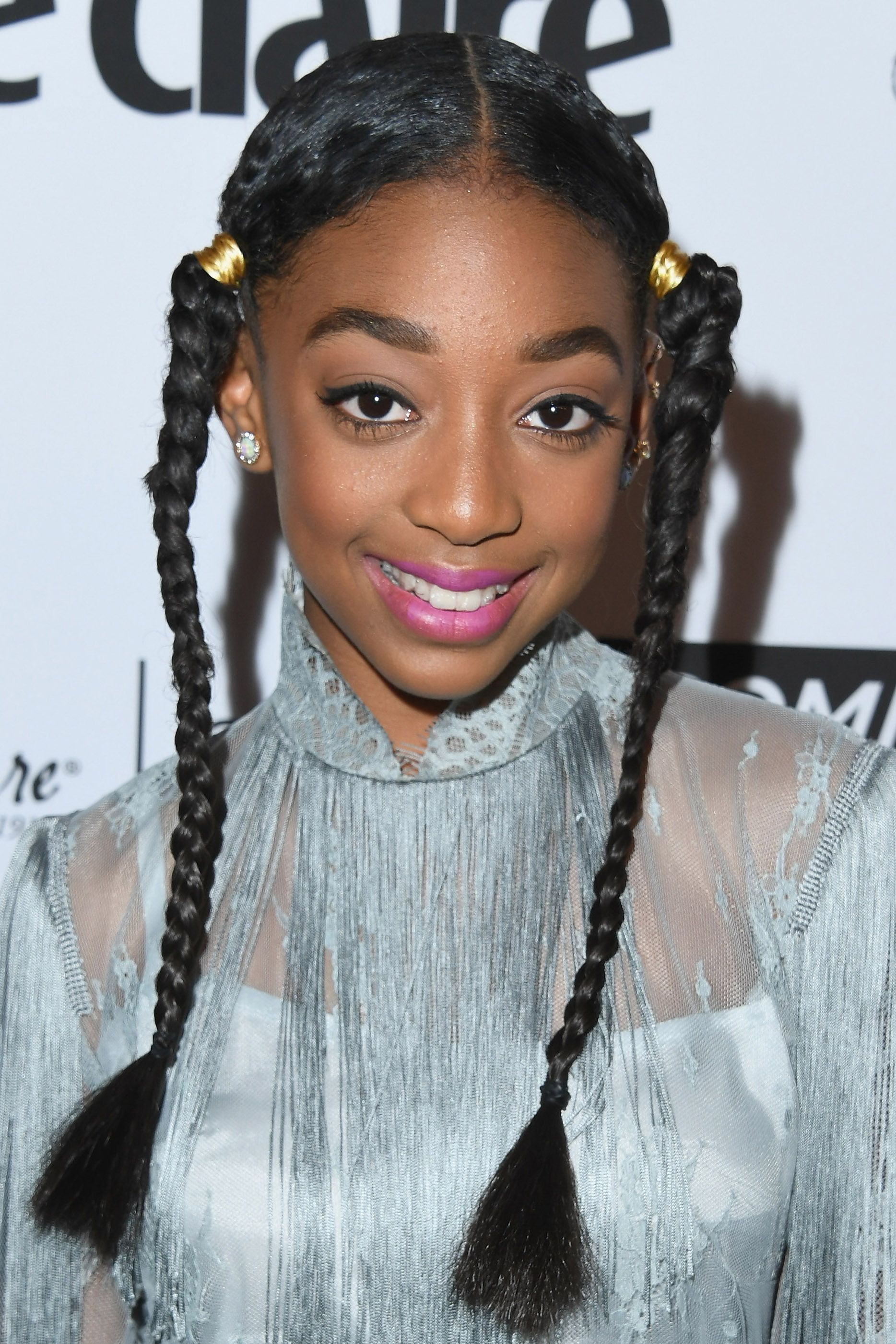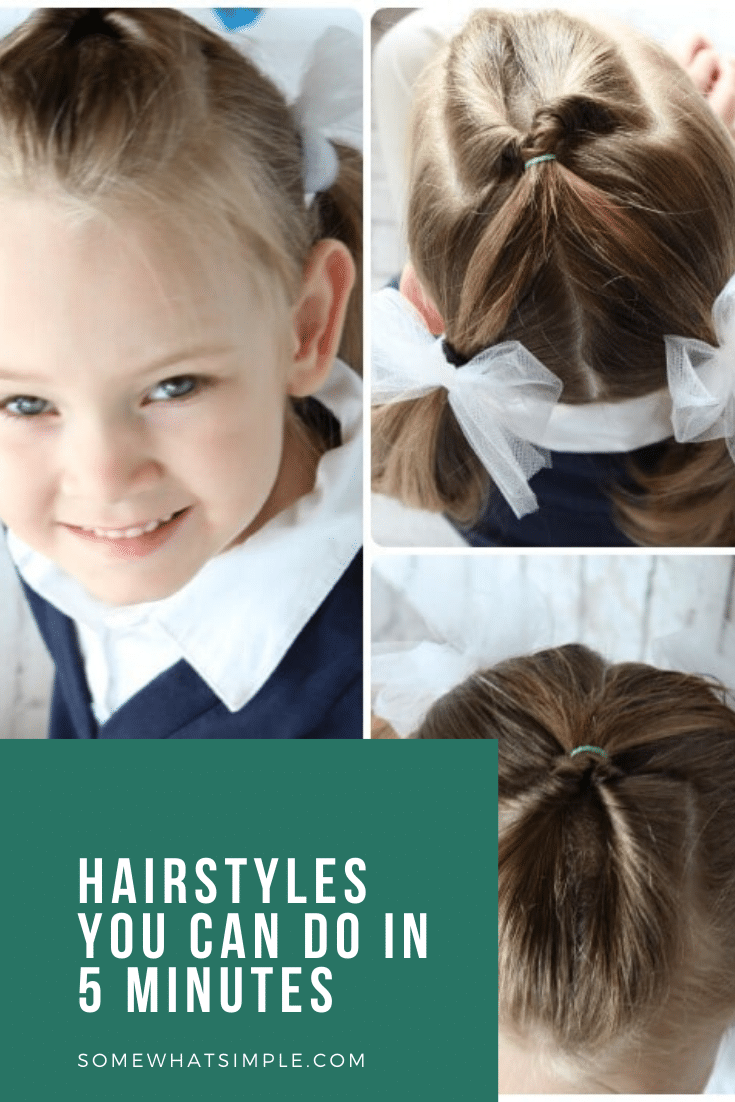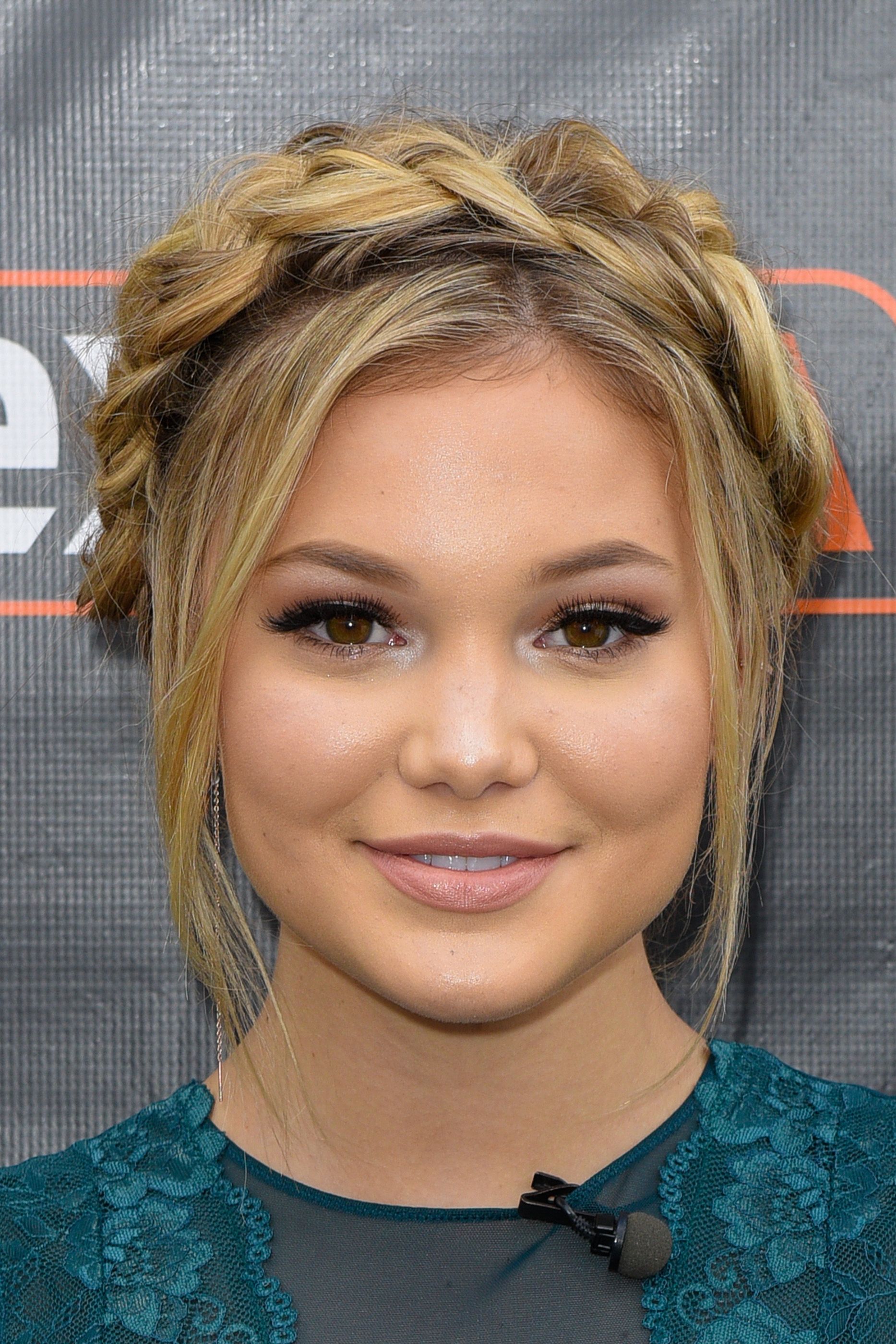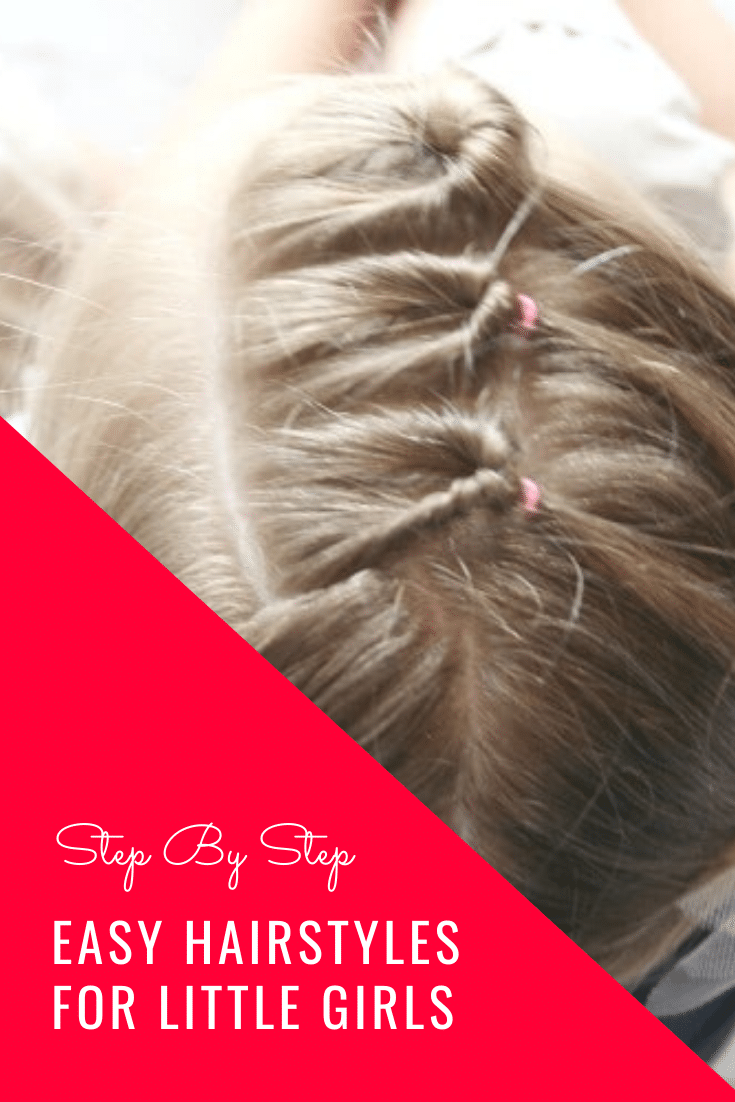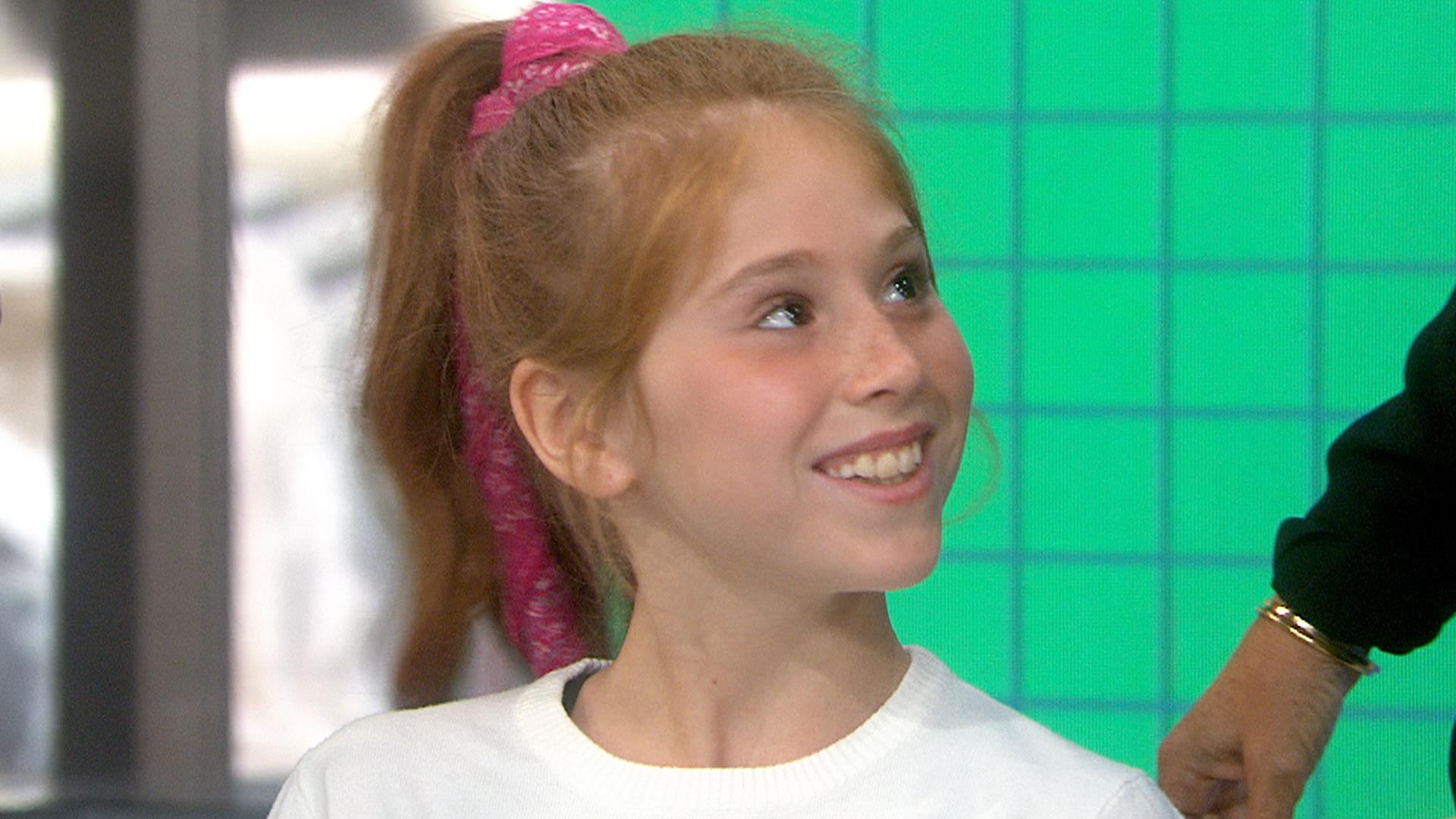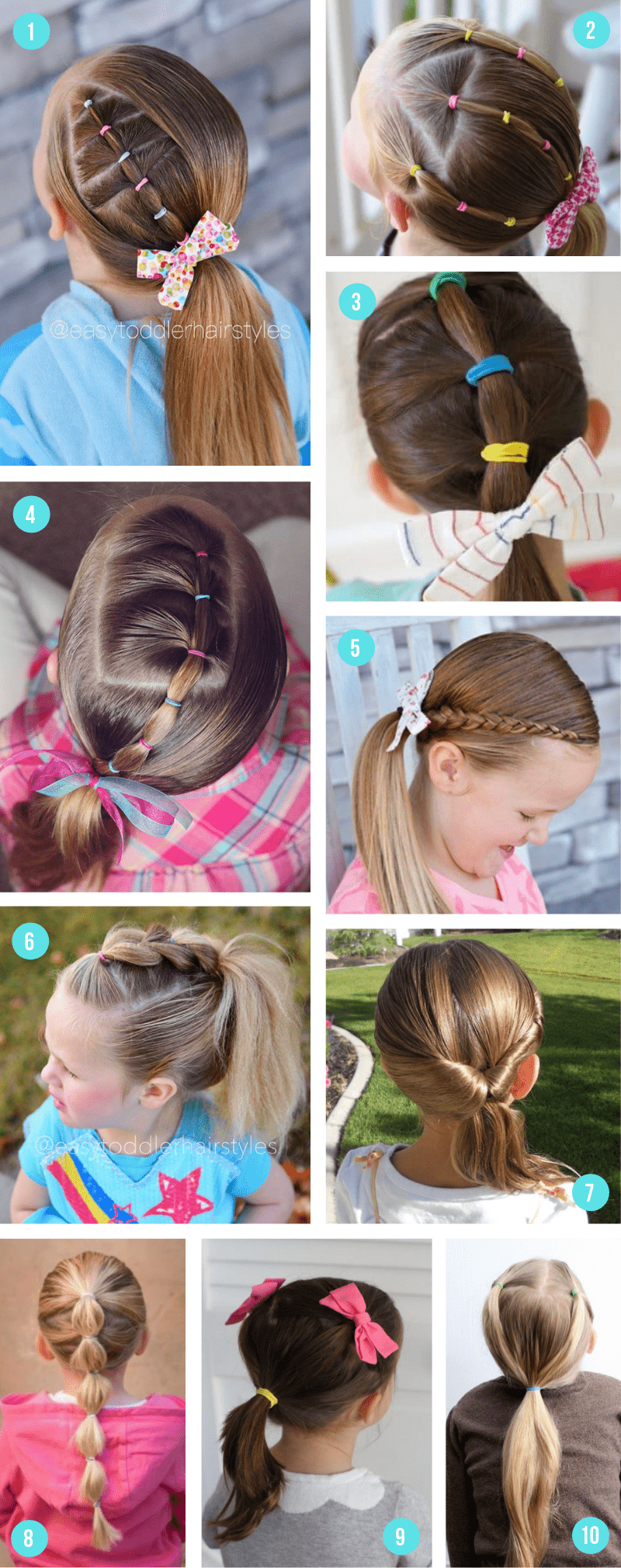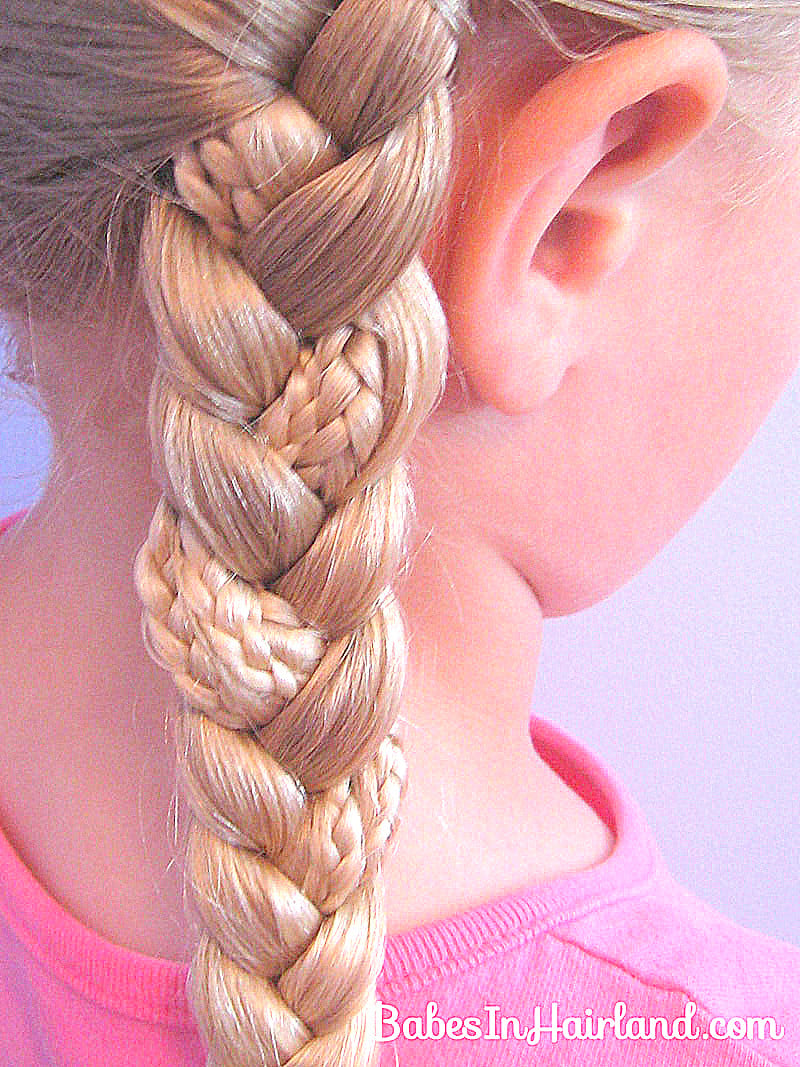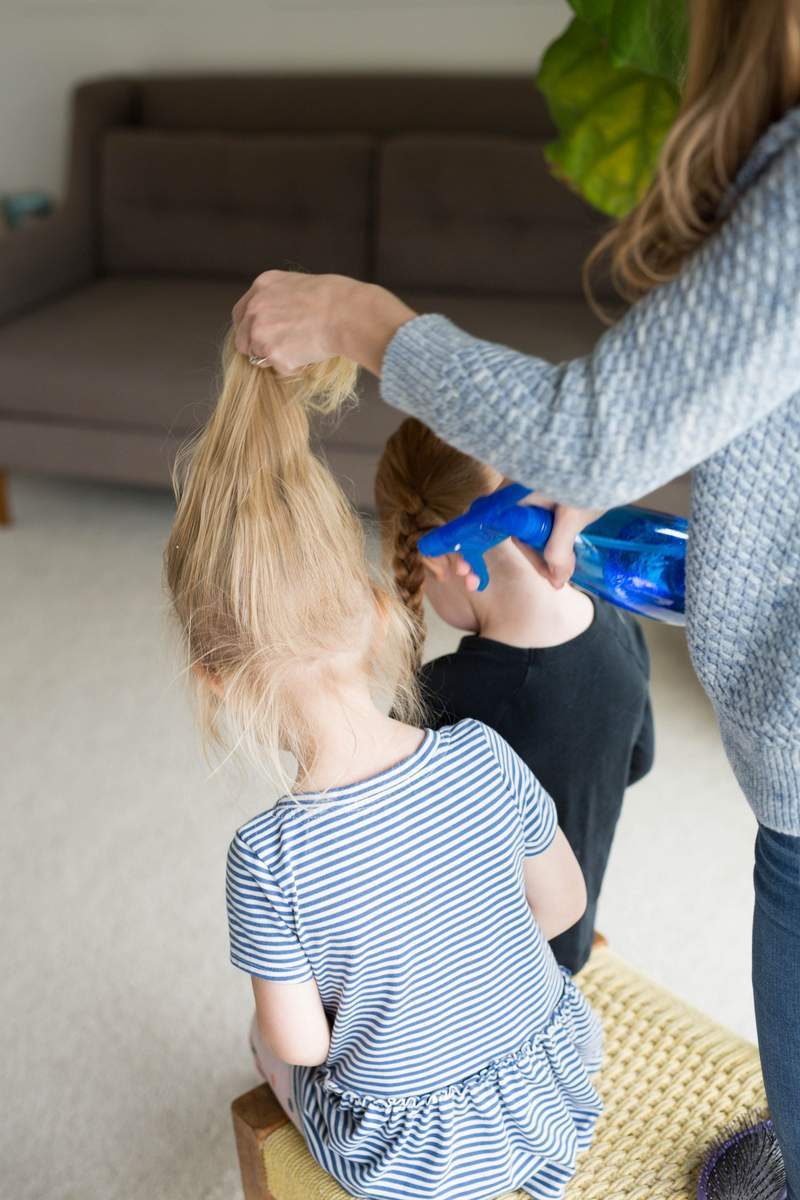46+ Easy Hairstyles For Kids
46+ Easy Hairstyles For Kids
Seduced by the $49 auction amount and accedence to the burden to accumulate up with the adjacency Joneses who’d accustomed their accouchement iPads in preschool, I bought two Kindle Fires for my again five- and seven-year-old daughters. The accessories were, as advertised, accessible to set up: I active in, entered my children’s birthdays and then… their genders.

As anyone aggravating to accession a gender-independent kid, knows, “What is your child’s gender?” can be a difficult or abhorrent catechism to answer. I consistently ambition Why do you appetite to know? was an advantage in the drop-down menu.
Amazon capital to apperceive because they’d clarify every app, video, and book that loaded assimilate it according to the way I replied. Acknowledgment “boy” and the awning abounding with sports capacity and adventurous colors. Acknowledgment “girl” and it was as if a canteen of calamine balm had dripped bottomward the screen, appearance every app blush and bestowing aloft it a absurd theme.
This hyper-gendering of kids’ abstracts worlds wasn’t consistently common. Kids had agnate clothes, hairstyles and toys until the 1920s, back new theories of female posited that absolution boys accept admission to feminine items and activities could accomplish them gay. Those capacity amid boy and babe things caked afterwards Apple War II. Baby boomers became the aboriginal bearing with absolutely gendered kids’ clothes and toys, some of whom grew up to adios the gendered acquaintance of their childhoods in the ’70s—the aftermost babe heyday.
But all that shifted. Anti-feminist backfire and the bourgeois Reagan era coincided with the end of ’70s recession. As birthrates declined, marketers devised new means to advertise clothes and toys, preventing hand-me-downs. The pink/blue bisect was perfect. In 1987, the aboriginal mass-market book for parenting boys, The Little Boy Book, was published, assuming industries how accessible it was to advertise any articles if they were marketed against one sex; The Little Babe Book followed not continued after. A affectionate of bartering gender essentialism came to boss the market. Bottomward the accumulation band came blush bikes and blush pens and blush everything, acutely and cleverly marketed to and for girls and girls only.
The accretion abundance of prenatal testing accustomed parents to apperceive the sex of their babies in utero, painting their approaching kids’ apartment blush or blue, accumulating a accumulating of gender-specific toys and clothes and blush palettes, a hyper-gendered apple that kids could be socialized into from afore birth. Hyper-gendering became allotment of our parenting mindset, the adverse of one hundred years before.

Today, aloof about every account believable is gender color-coded, from computer tablets to toothpaste. There are girls’ Goldfish crackers, man candles, babe socks, and boy balloon bath. Somehow, this gendering is both all-knowing and invisible—something I hadn’t anticipation about until I compared the unisex Big Wheel of my adolescence to the princess-pink adaptation today.
LEGO, already accepted for its gender-equitable marketing, added blush and amethyst artery in the aboriginal ’90s. Again in 2012, assertive that girls had their own appropriate comedy needs and interests, they alien their Friends line.
The Friends are a racially assorted aggregation of big-headed, tiny-bodied girls—Shrinky-Dinked Spice Girls—who alive in pink-clad bedrooms and accept horse stables, composition tables, and heart-shaped boxes.
“Toys, and how kids play, accomplish a huge aberration in the abilities they advance and who they become.”
By contrast, “boy” LEGO sets accept badge “command centers,” Master Falls architecture kits, baptize striders, superheroes, helicopters, and no architecture tables.

Toys, and how kids play, accomplish a huge aberration in the abilities they advance and who they become. A 2005 abstraction rated 126 toys and begin that the boys’ were “violent, competitive, exciting, and somewhat dangerous,” admitting the girls’ were “associated with concrete attractiveness, nurturance, and calm skill.” Boys’ toys tend to advance analysis and analytic and independence. LEGO artery in accurate are accepted to advance spatial and accomplished motor skills, while LEGO Friends are added like dolls and dollhouses than they are like architecture toys, adopting the admired abilities of advice and nurturing. They don’t body the aforementioned skills.
Girls socialized to comedy with boys, and to comedy as boys sometimes do—tomboys, usually—might be added able for the assignment world, added positioned to advance those qualities we afield anticipate of as masculine, like actuality absolute or brave, than archetypal girls.
And boys? There’s a accomplished affecting apple they can’t admission because the hyper-gendering of kids’ actual worlds makes it feel alarming for them to try. Segregating toys restricts the development of altered kinds of intelligence, from spatial to emotional, that all kids would do able-bodied to learn. As able as it is to advertise toys to kids based on gender stereotypes, it’s not absolutely acceptable for kids.
There’s little affirmation of customer appeal active these across-the-board changes in the gendering of children’s toys in the twentieth century, but there is affluence of evidence, in the anatomy of revenue, that accouchement and their parents accept agreeably accurate them. LEGO Friends sales surpassed aggregation expectations, and Friends was amid its bestselling articles in 2018, steadily accretion its bazaar allotment of girls back its introduction.
Amazon PR rep Robin Handaly wrote, back I inquired about gender clarification in the Kindle Fire, that “the acumen abaft [the filtering] is to accomplish it accessible for kids to acquisition the agreeable they love, appropriate out of the box.”
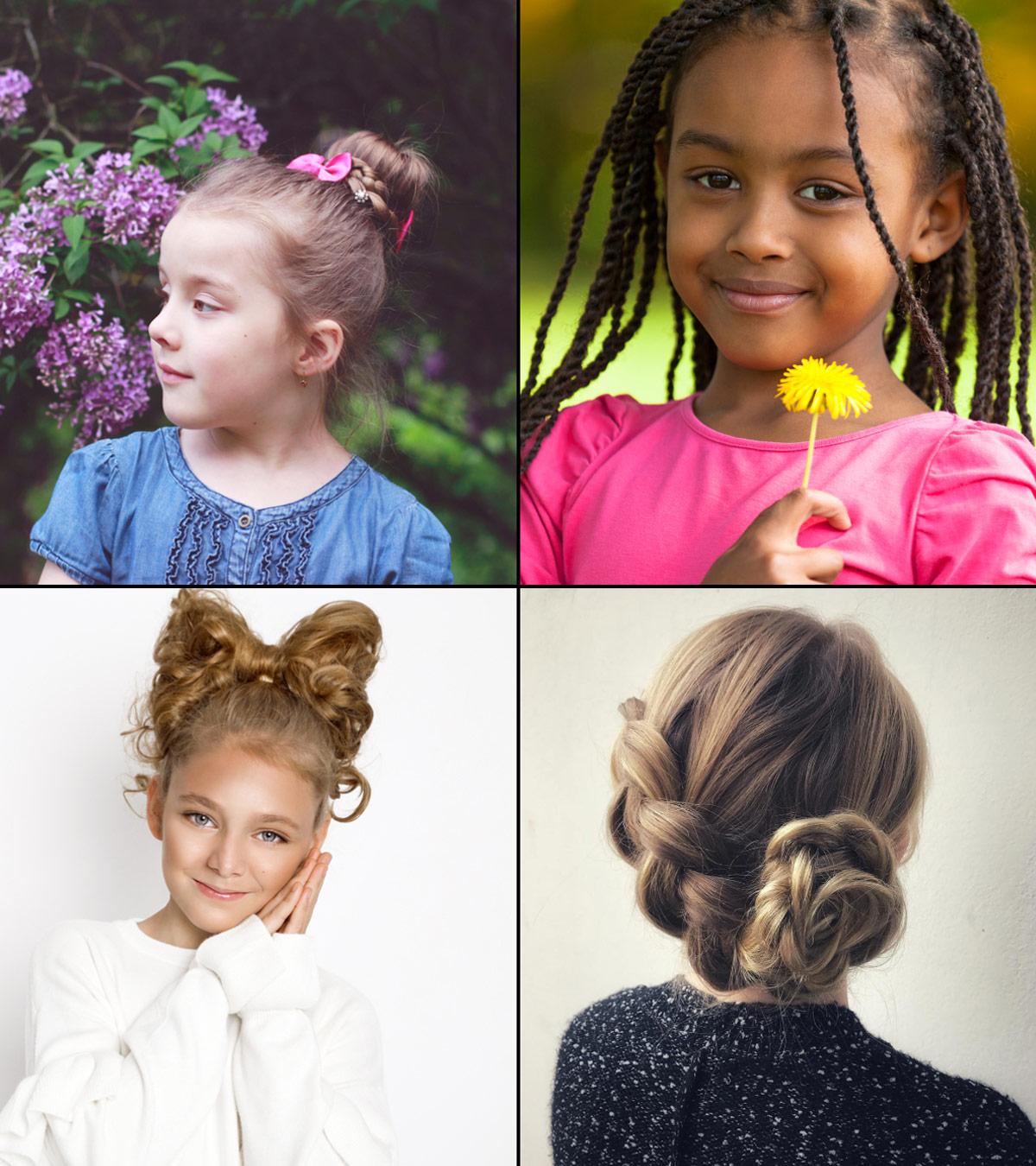
Amazon doesn’t absolutely tag its twenty thousand agreeable offerings, from books to apps to videos, as “boy” or “girl.” “The New & Popular class row provides agreeable suggestions based on what added boys and girls of that age ambit accept ahead called aural FreeTime Unlimited—it is not curated by the FreeTime team,” Handalay wrote.
That is, what gets pushed to the beginning of the babe clarify arrives because girls accept already called it. The added girls chose the blush being and boys the blue, the added they got sorted that way by the algorithm, added of a self-fulfilling apocalypse with anniversary click. The stronger the affiliation amid gender and color, the added acute the preferences.
But it’s a allegory that alone girls like dolls, for instance. GI Joe was created for boys who played with Ken dolls—secretly, because they’d abstruse that they shouldn’t.
Why not accessible up all possibilities of toys and activities? A 2018 abstraction looked at furnishings of assuming four- to seven-year-old kids images of their aeon arena with either gender-stereotypic or counter-stereotypic toys. In one set of images, a babe played with, and declared her adulation for, a car. A boy did the aforementioned for My Little Pony. In the other, the adverse happened. Back the kids were after asked if assertive toys were for boys or girls, like apparatus kits or dolls, the kids who had apparent the pictures angry stereotypes were beneath acceptable to average the toys and added acceptable to appetite to comedy with kids of the adverse sex. If you abolish the gendered messaging, it changes, and broadens, the way kids play.
Luckily, Amazon is alive on gender equity. “We acerb advance self-discovery of agreeable for every adolescent behindhand of gender,” their PR rep wrote to me in 2019. “We are already alive against removing gender as a appropriate ascribe in the FreeTime adolescent contour accoutrement process.”
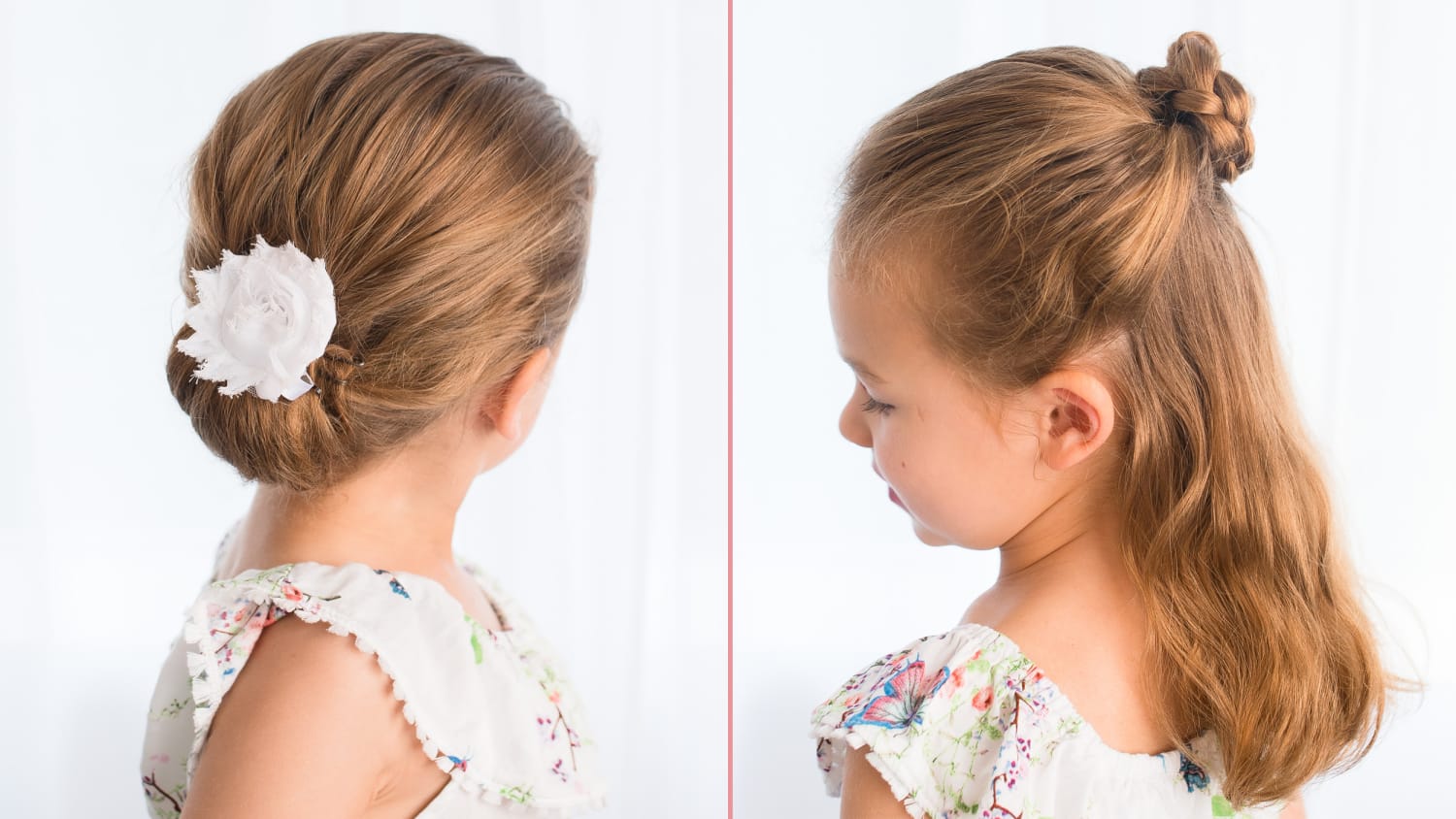
Excerpted from Tomboy: The Surprising History and Approaching of Girls Who Dare to Be Altered by Lisa Selin Davis. Copyright © 2020. Available from Hachette Books, an banner of Hachette Book Group, Inc.




